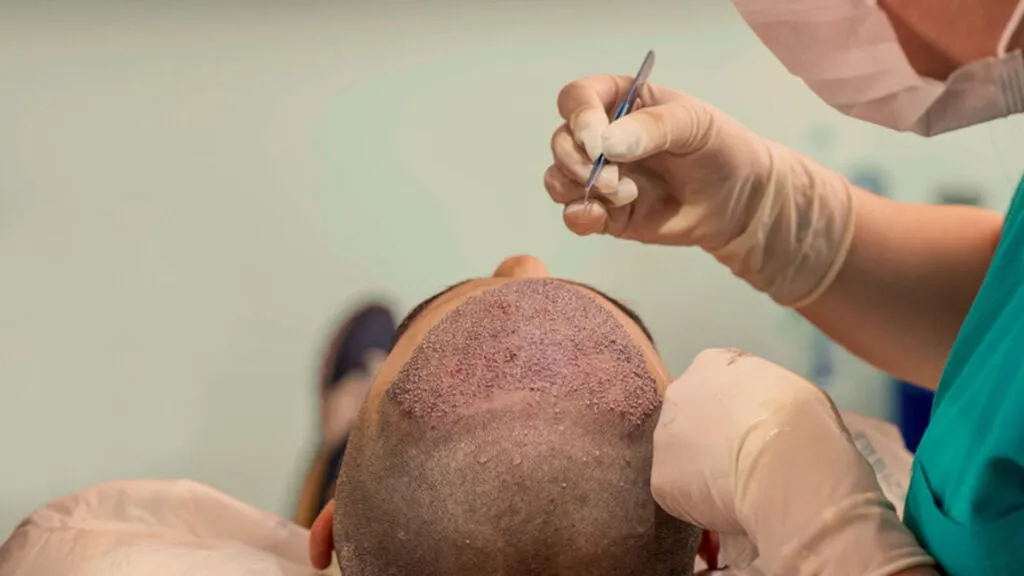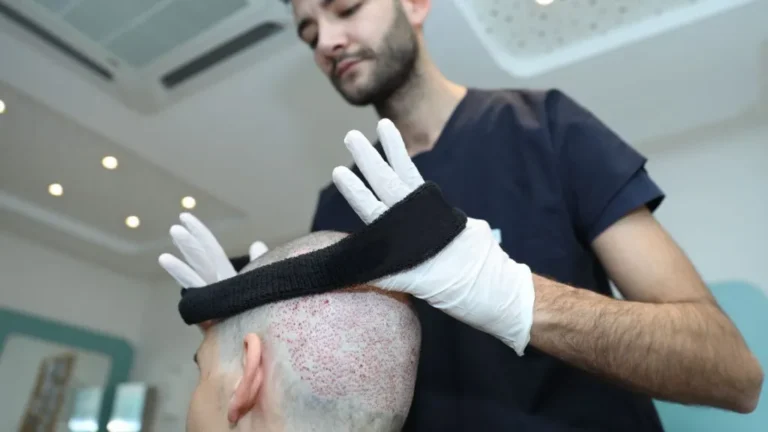What is the Latest Technology in Hair Transplant?
As the appetite for hair restoration procedures increases, more and more modern technologies and surgical techniques are being developed to increase the success rate of these procedures in this article we will explain the Latest Technology in Hair Transplant.
It is the best time to get a hair transplant thanks to the advancement in hair transplant Technology. Surgical and non-surgical methods are constantly improved and developed to increase the overall satisfaction of clients. Latest and innovative procedures are constantly replacing old techniques and methods of transplanting hair. Along with new technology, surgical tools and equipment have also evolved over time.
What is the Latest Technology in Hair Transplant?
Surgical and non-surgical treatment options continue to improve delivering natural-looking results. Most people believe FUT and FUE are the latest technology in hair transplant, it is further from the truth as it has been quite some time since these methods were invented. Be it topical treatments or robotic transplants, newer technology has improved the efficacy of the procedure. Microneedle, PRP, Minoxidil, robotic FUE, and NeoGraft are some of the latest hair restoration technologies.

Innovative Topical Therapies – Some people are scared of the surgical hair restoration procedure and the complications associated with it. Nowadays, there are multiple topical treatments available to combat hair loss. Many FDA-approved drugs and topicals cure early hair loss and thinning as well as promote hair growth.
For this purpose, the most effective drug used is Minoxidil, a popular topical treatment, to slow down hair loss and balding. Minoxidil-based shampoos and solutions are effective in controlling hair loss, however, it is not clear how good these products are for accelerating hair growth for older people.
In addition, Finasteride is usually prescribed to men suffering from hair loss. It prevents testosterone from forming DHT which is responsible for decreased hair growth. Unlike Minoxidil, it is only an ideal option for male patients. It should be noted that topical treatments are effective only when used consistently.
PRP Therapy – Platelet-rich plasma treatment is a three-step process that stimulates hair growth. The patient’s blood is drawn and processed to separate platelet-rich plasma which is then injected into the different areas of the scalp to encourage hair growth. PRP therapy stimulates inactive hair follicles to restart and increase hair growth. Despite being an effective treatment, more research needs to be done to understand its use in hair restoration treatments.
Hair Cloning – In theory, it is an ideal hair restoration treatment that triggers dormant/dying hair follicles to reactivate. This treatment involves harvesting healthy hair follicles and making them grow in a lab, they are extracted when the hair grows.
Although researchers and scientists are working on it, hair cloning is still in the experimental stage as there are a number of challenges, mainly, the fragility of hair follicles.
Light Therapy – Many light and low-level devices are available in the market that can be used for hair restoration. Users have to use them for 90 seconds to 25 minutes a day or several times a week to get visible results.
Multiple studies suggest noticeable results in hair volume, however, the results are temporary. As soon as the patient stops using these devices, the hair loss restarts.
Robotic Hair Transplants – Currently, the most popular hair transplant procedures are FUT and FUE. FUE is taking over FUT as surgeons recommend this procedure due to fewer side effects. It does not leave visible scars, ensures quicker recovery, and allows the person to resume normal activities within a few days.

In addition, robotic hair transplants are a recent development in hair restoration technology. It should be noted that the entire hair transplant surgery can not be automated, these new developments aim to improve different stages of the procedure. For instance, harvesting of hair follicles and 3D modelling of the patient’s scalp to ensure desired end results.
The new automated hair restoration procedure includes NeoGraft and ARTAS.
In a Nutshell
It is hard to keep track of all the new hair transplant technologies that are making the process more efficient. With newer technology, these procedures prevent undue pain and scarring and ensure a faster healing process. When going for a hair transplant, make sure the clinic is not relying on outdated technology for surgery.







